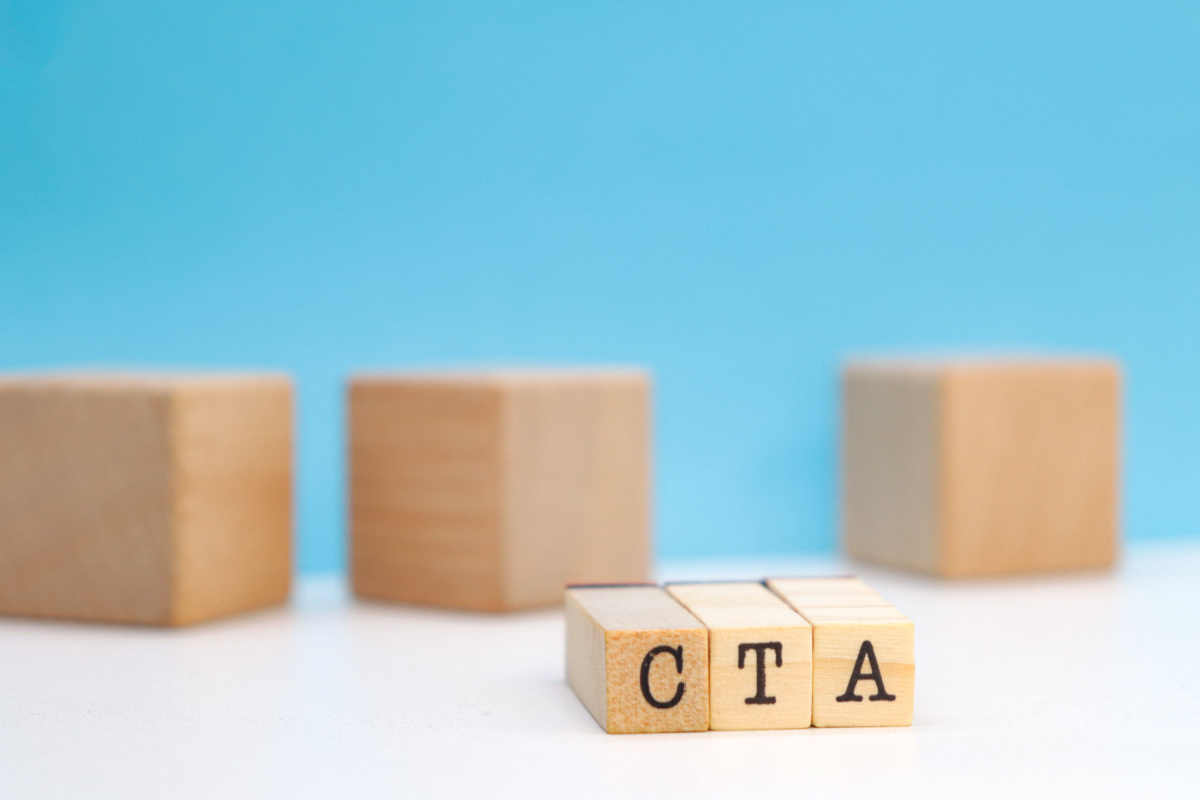
Call-to-action phrases in advertising emerged in the early 20th century with the telephone and the development of media like radio and TV. Direct response ads urge readers or listeners to “call now” or “act quickly” to drive immediate action. Since then, CTAs have evolved into a core marketing component across mediums, including legal websites.
In the legal field specifically, lawyer advertising faced restrictions until the 1977 Supreme Court ruling in Bates v. State Bar of Arizona, which affirmed lawyers’ right to market their services. This paved the way for legal CTAs. Today, digital marketing agencies like Cross Country Creative work within ethical SEO guidelines to help law firms effectively place CTAs matching prospective clients to qualified legal help.
In the digital age, call-to-actions are one of the most critical elements for law firms to optimize on their websites. Without clear CTAs, even the most compelling legal content will fail to drive conversions and connect website visitors to real attorneys.
CTAs serve multiple functions. They guide website visitors along in their journey from researching legal issues to hiring a lawyer. Strong CTAs provide a sense of momentum and tell the visitor exactly what action the firm wants them to take next. This reduces uncertainty and friction in the buyer’s journey.
Additionally, optimized CTAs allow law firms to collect contact information from interested prospects earlier through forms, chatbots and lead magnet offers. Building up this lead pipeline fuels the sales process. Then when users are ready to engage further, prominent contact CTAs like “Schedule a Consultation” encourage that direct outreach.
In competitive legal markets, law firms need to actively convert visitors into leads and clients, not just hope it happens passively. Clear calls-to-action motivate people to make direct contact and are essential for turning website traffic into tangible results. A thoughtful CTA strategy aligned to each stage of the buyer’s journey facilitates this, while weak or non-existent CTAs cause lost opportunities.
When designing CTAs for legal websites, certain best practices should be followed to maximize conversions:
Following user experience (UX) and conversion rate optimization (CRO) best practices allows legal marketers to guide visitors effectively towards conversions at each stage. Optimized calls-to-action (CTAs) remove roadblocks and let law firms turn interested website visitors into valued client.
While many law firm website CTAs can be standardized, personalization helps improve relevancy and conversion rates. CTAs should be tailored to both the specific practice area content being viewed as well as the visitor’s apparent client profile.
For example, a CTA on an estate planning services page could specify “Get Your Free Estate Planning Consultation.” While on a divorce law page, the CTA may prompt scheduling a “Strategy Session for Your Divorce or Child Custody Case.”
CTAs can also be customized based on signals like location data. A law firm serving both English and Spanish-speaking communities could test translating CTAs accordingly. Or firms with multiple office locations can geo-target CTAs referencing the nearest office to the visitor.
Personalized CTAs demonstrate understanding of both the practice area details and the prospective client as an individual with unique needs. This extra relevancy helps drive action by speaking directly to where visitors are in their journey.
Strong call-to-action design goes beyond just the text or words used. Visual elements like color, size, placement, and formatting are also important for drawing attention and interest.
High-contrast colors that stand out from the background help make CTAs instantly visible on the page. Using the brand’s primary color for buttons or blocks of text acts as a visual cue for where visitors should take action.
Larger, bolder CTAs will garner more attention than small, understated links or text. Adjusting sizing, font weights, capsule shapes and padding gives CTAs prominence on the page.
The positioning also impacts visibility. CTAs above the fold and in the right sidebar are more likely to be seen upon page load. Avoiding overly cluttered areas helps isolation stand out as well.
Balancing text clarity with aesthetically pleasing and brand-aligned styling allows CTAs to serve their purpose – prompting action – while maintaining a professional site design. Savvy legal marketers conduct ongoing testing to determine the ideal visual presentation.

To determine how effective website CTAs are at driving conversions, proper analytics tracking and testing are required.
Success metrics like CTA click-through rates should be monitored to identify underperforming CTAs. A/B testing tools then facilitate iterative improvement. This allows legal marketers to experiment with versions of copy, design, placement and offers.
For example, a test may reveal that a red CTA button outperforms the same text in blue, or that “Request Consultation” garners more clicks than “Get Consult.” Testing provides data-backed insights.
Analytics also reveal where website visitors are dropping off before reaching CTAs. This highlights UX issues to address through improved page flows or content hierarchy.
Ongoing analysis and refinement of CTAs based on real visitor data ensures that they propel visitors efficiently through the sales funnel. Smooth user journeys convert at higher rates.
At Cross Country Creative, we’re all too familiar with driving conversions from the initial ad click down to closed sales, which requires meticulous attention throughout the process. As a key component of this funnel, properly designed, placed, and measured CTAs are integral for law firms to convert interested website visitors into retained clients
Get the latest posts in your email
Cross Country Creative offers legal advertising solutions, from a simple no obligation consultation to custom solutions. Let us know what we can do for you.
Contact UsThe internet has become an indispensable part of everyday life for people around the world. According to WHO, 15% of the world’s population has some kind of disability. There…
READ MOREInconsistent NAP (Name, Address, Phone) information can harm a legal business’s voice on search and affect credibility. We’ve all experienced driving to a new pizza pla…
READ MORECall-to-action phrases in advertising emerged in the early 20th century with the telephone and the development of media like radio and TV. Direct response ads urge readers or liste…
READ MORE